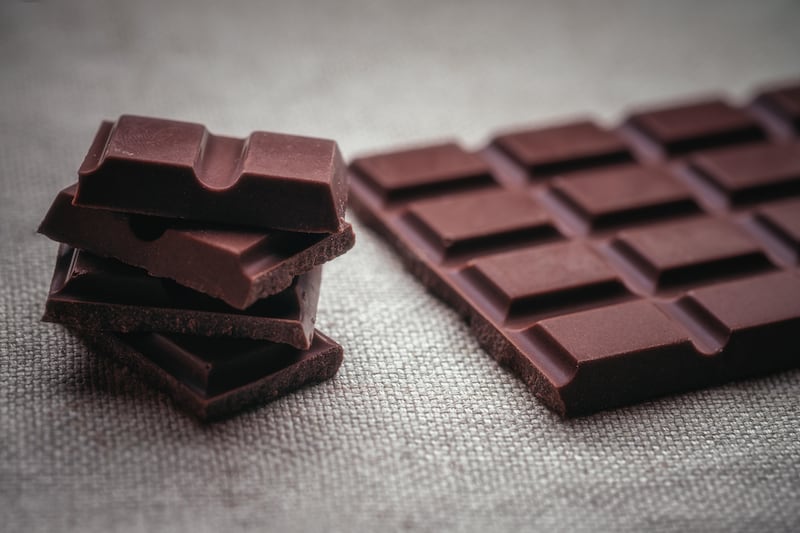Are you driven by cravings? Do you get the sugar munchies after meals, or do you need a chocolate bar to help you get through the 3pm slump?
It is true that most of us eat more than our fair share of sugar. It is recommended that we eat no more than 30g of sugar a day (or less than 10% of our total calorie intake) but the average adult hits almost double that figure, chowing down on an average of 55.5g sugar a day.
Where does it all come from?
Apart from the obvious sources – chocolate, sweeties, biscuits and buns – sugar comes in all shapes and forms in our diet, including:
- Fizzy drinks and juice drinks
- Sweets and biscuits
- Jam, marmalade, honey and chocolate spreads
- Cakes, pastries and puddings
- Ice cream
- Sauces, ketchup and mayonnaise
It is not always obvious from the ingredients list either, as sugar comes in many different forms and guises. Other words that are used to describe sugar include anything ending in ‘-ose’, syrups and honey. Look out for words like sucrose, glucose, fructose, corn syrup and honey.
The higher these are listed on the ingredients list, the more there is in the food.
Keep an eye on the level of sugar per 100g too.
- 5g or less per 100g is a low sugar food
- 22g or more per 100g is a high sugar food
Does ‘less sugar’ mean I am choosing a low sugar food?
Here’s where things get confusing.
You will notice labels proclaiming ‘reduced sugar’, ‘less sugar’ and ‘no added sugar’. These terms don’t necessarily mean that you are choosing a low sugar food. They are marketing terms, rather than food labelling terms and mean the food can still be quite high in sugar.
The only claim that means you are choosing a low sugar food are the words ‘low sugar’.
What’s the harm in a bit of sugar?
There’s no harm at all in a little sugar in our diets, but when we load our diet with sugar, we have a problem. From tooth decay and obesity to heart disease and inflammation, an excess of sugar in the diet is one of the major nutritional drivers for disease and ill health.

What about artificial sweeteners?
One of the ways that food manufacturers try to reduce the sugar load is using alternative ingredients, including artificial sweeteners like aspartame, or natural sweeteners like stevia.
The jury is out on whether artificial sweeteners are totally safe, but one of the things we do know about these ingredients is that they disrupt the delicate balance of bacteria in our gut microbiome – and we all know how critical that is for our overall health and well-being.
Aren’t natural sugars different?
Stevia, honey, maple syrup, xylitol (an extract from birch trees), agave and coconut sugar have been hailed as healthier alternatives to sugar. Just remember that these are sugar by any other name. Yes, some of them might have less of an impact on blood sugar levels and others may have higher levels of some minerals, but they are still forms of sugar, so less is more.
How can I curb my cravings?
The best way is to start slowly. Here are three things that can help support a healthy blood sugar balance.
- Include protein at each meal. This can help support blood sugar and insulin balance, keep you feeling fuller for longer and reduce the cravings for sweet stuff.
- Walk after eating. This is well known to help lower blood sugar levels. Even a short 10 minute walk will do the trick.
- Treat your treats as treats – choose your sweet treats and have them every now and then. Have choices that are your ‘go-tos’ when you get the munchies. I love chopped apple with nut butter, or a little 85% cocoa chocolate.

Are you telling me to quit sugar completely?
I am not saying that you should avoid sugar and never eat chocolate, or look at a pie or cake again. That is totally unrealistic – and not much fun! Instead, if we were just a little more mindful around our choices, the chances are that we would enjoy the occasional sweet treat a whole lot more – without any unhealthy side effects or feelings of guilt.








